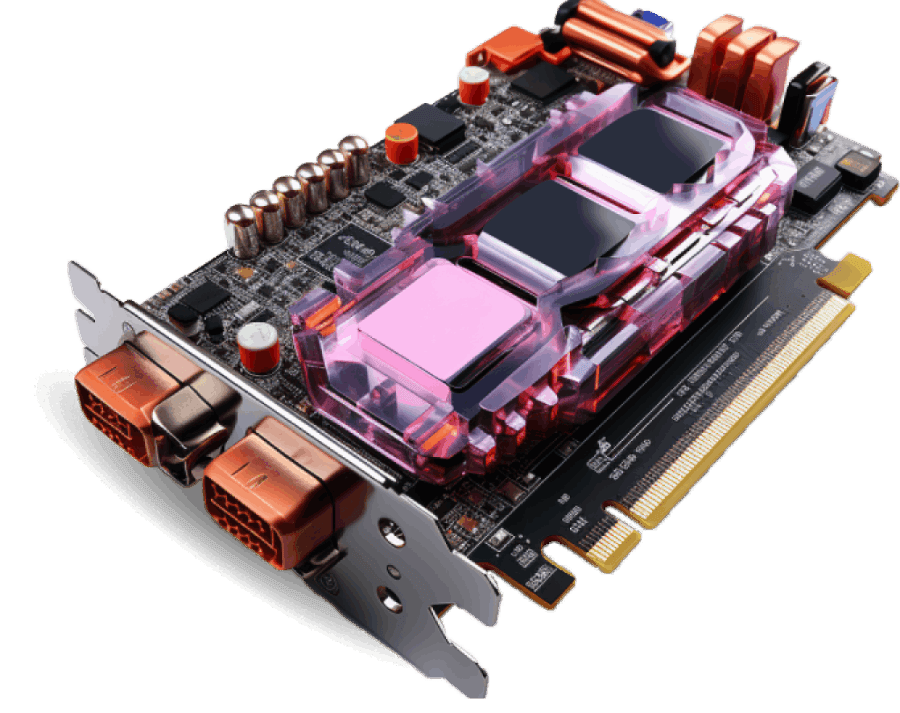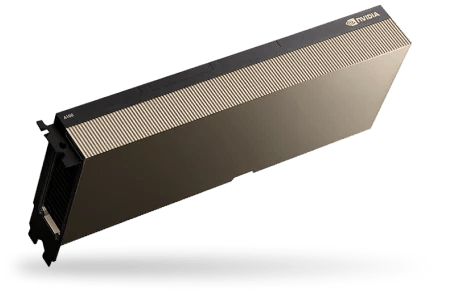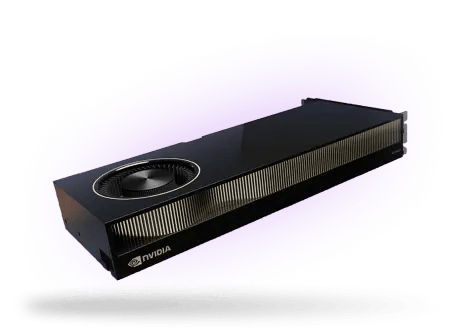Accelerate Insights with NVIDIA Cloud GPU for Data Analytics on Hyperstack
Powered by 100% renewable energy

Benefits of Cloud GPU for Data Analytics
Hyperstack offers you to try NVIDIA GPUs for data analytics. With this solution, you can:

Parallel processing:
Excel in parallel tasks like data analytics, turbocharging processing and analysis.
High-speed throughput:
Deliver lightning-fast data processing, empowering instant data analysis and real-time insights.
Accelerated Machine Learning:
In data analytics, tasks involve ML, like deep neural networks. GPUs supercharge training and inference, cutting model development time.
High-performance libraries:
NVIDIA offers CUDA (Compute Unified Device Architecture) and cuDNN (CUDA Deep Neural Network Library), finely tuned for GPU computing. These libraries streamline analytics and ML workflows.
Big Data processing:
Slash data processing time for big data analytics, which is vital in finance, healthcare, and science.
Real-time analytics:
GPUs' parallel prowess facilitates real-time or near-real-time analytics, pivotal for fraud detection, sensor insights, and IoT data handling.
Real-Time Analytics
Accelerated Data Analytics
Deep Video Analytics
Data Analytics Solutions
Real-Time Analytics
- Swift response: Minimise the delay between data generation and analysis.
- Streaming data: Data is processed in real-time from sensors, social media, and transactions.
- Event analysis: Systems process live events, for example, user interactions and stock changes.
- Visuals: Tools show real-time trends through charts and dashboards.
- Predictive models: Some systems use real-time data to forecast trends.
Accelerated Data Analytics
- RAPIDS lets you perform GPU-accelerated data analytics in Python.
- Write CUDA code to accelerate specific parts of your data analytics pipelines.
- cuDF is a rapid GPU DataFrame library akin to Pandas for data analysis and manipulation.
- cuPy is a GPU-boosted array library compatible with NumPy, valuable for numerical calculations.
- NVLink and NVSwitch enhance GPU data transfer, which is crucial for large datasets.
- TensorFlow and PyTorch are top GPU-accelerated deep learning frameworks for faster training and inference speed.
- TensorFlow and PyTorch, popular for deep learning, use NVIDIA GPUs for faster training and inference via GPU acceleration.
Deep Video Analytics
- NVIDIA GPUs speed up tasks like object detection, tracking, and recognition, and complex functions like scene understanding and video summarisation.
- NVIDIA offers CUDA, cuDNN, and TensorRT, empowering developers to boost deep learning model performance on GPUs, improving video analytics efficiency.
- Enhanced speed and accuracy in video analysis are crucial in surveillance, autonomous vehicles, healthcare, and entertainment.
GPUs we Recommend for Data Analytics
For data analtyics, Hyperstack proposes the following NVIDIA cloud GPUs:

A100
With an inference speed that is 237 times faster than traditional CPUs, the A100 has an exceptional capability in processing large data sets efficiently.

RTX A6000
Part of NVIDIA's Ampere range, the A6000 is great at processing large datasets, advanced analytics, and supporting a range of data-intensive applications.
Frequently Asked Questions
We build our services around you. Our product support and product development go hand in hand to deliver you the best solutions available.
Do I need a big data analytics GPU?
No, not necessarily. For basic data analysis with smaller datasets and less complex tasks, a strong CPU and sufficient RAM will suffice. However, for large-scale data processing, heavy-duty modeling, and advanced applications like deep learning or real-time batch data analysis, a GPU can significantly boost performance and efficiency.
Which is the best GPU for data science?
We recommend using the A100, RTX A4000, or A6000 for data science workloads. Choosing the best one depends on your specific needs and budget. Consider factors like memory size, processing power, compatibility with your software and cost.
What are the benefits of using cloud GPU for data analytics?
- Scalability: Instantly adjust GPU resources up or down as your needs change.
- Accessibility: No need to invest in expensive hardware to access powerful GPUs on demand.
- Cost-effectiveness: Pay only for the GPU usage you require, avoiding upfront hardware costs.
- Flexibility: Easily experiment with different models and algorithms without hardware limitations.
See What Our Customers Think...

“This is the fastest GPU service I have ever used.”
Anonymous user
You guys rock!! You have NO IDEA how badly I need a solid GPU cloud provider. AWS/Azure are literally only for enterprise clients at this point, it's impossible to build a highly technical startup and get hit with their ridiculous egrees fees. You guys have excellent latency all the way down here to Atlanta from CA.
By far the most important aspect of a cloud provider, only second to cost/quality ratio, is their API. The UI/UX of the console is extremely well designed and I appreciate the quality. So, I’ll be diving into your API deeply. Other GPU providers don’t offer a programmatic way of creating OS images, so the fact that you do is key for me.
Anonymous user